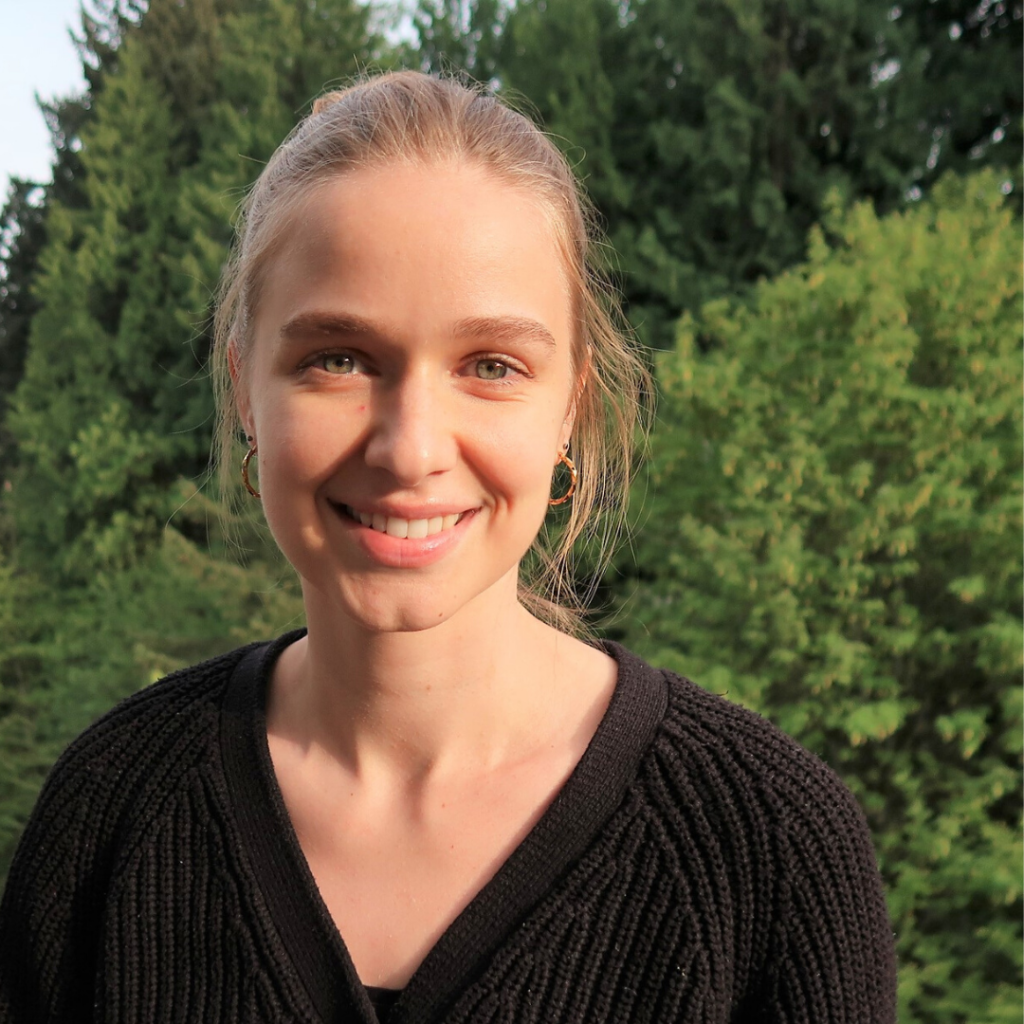
When Associate Professor Laurel Kincl was preparing to teach her course on occupational safety and health this spring, she came face to face with a couple of unusual challenges.
First, she needed to transition the course to be delivered online, as did all faculty. She also knew that its content, presented against the backdrop of a pandemic with widespread implications for all workers, particularly those deemed “essential,” needed to transform as well.
The class, H588 Applied Occupational Safety and Health, is offered for any student wanting to learn about the management and technical aspects of workplace health and safety programs. It covers the topics needed for students to receive an OSHA 30-hour card, and Laurel usually gets students out into workplaces to learn hands-on evaluation and management skills and to meet professionals in charge of regional workplace health and safety programs. This was not possible this term.
To get her 12 students, most studying public health, thinking about how they would be responsible in this time as future health and safety professionals, she asked them to write a one-page plan for a workplace response to the COVID-19 crisis.

The experience was eye-opening, says Master of Public Health student Kimber Howard. “It made me think of all the little details that go into making such a plan and that if one of those details is not carried out, it can put employees and others at risk of contracting the virus.”

“It was surreal to be creating a new type of response plan for a lived pandemic event when you know that there are professionals in the field who are also putting plans together for the first time,” says MPH student Natalie Wenzlick.
“I think there was great value in this assignment because we were able to experience what it is like to be put at the forefront of creating plans that will be implemented to protect the public during a time of considerable uncertainty,” says Natalie. “These plans are so important because they are what allow essential businesses to remain operational to provide services and goods that keep our lives running as smoothly as is possible.”
Laurel also asked students to watch the Planet Money podcast “Lives Vs. the Economy,” which discussed the estimate of the cost of lives and how that has impacted workplace and public safety standards – with one example coming from the 1980s, when labeling hazardous materials in workplaces became regulation. “The episode ends by discussing the implications of these estimates in our current situation of determining how and when to reopen workplaces, which I think is important for us all to consider,” Laurel says.
“The Planet Money podcast was extremely fascinating, and it was shocking to hear how economists place a monetary value on human life,” Natalie says. “The value of a worker’s life is more than just the amount of lost wages, which is what it was valued as in the past. Now, the value of a life considers factors such as the riskiness of a person’s job and how much they need to be paid in order to do that job.”
“I believe all workers, regardless of industry or background, are equally important because together they comprise the whole of our society that keeps us moving forward each day,” Kimber says.
She adds that class assignments and case studies provide a real-world look into how worker health and safety function in the real world. “Being able to see the concepts we have learned being applied to the real world allows me a better understanding and deeper appreciation for the processes that produce a healthful and safe work environment,” she says. “Experiencing the COVID-19 crisis is like living a case study; we get to see the process of how the pandemic unfolds and what public health professionals have done well or not so well. Witnessing how those in leadership positions have reacted to the COVID-19 crisis has changed my views on what it means to be a commendable leader.”
The course also changed the way Natalie thinks about worker health and safety completely. “I never realized how substantial, in both frequency and magnitude, workplace injuries and illnesses are,” she says. “And knowing that most of these events could have been prevented is devastating, but it also gives hope that we can establish occupational health and safety programs that will prevent injury and illness altogether.”